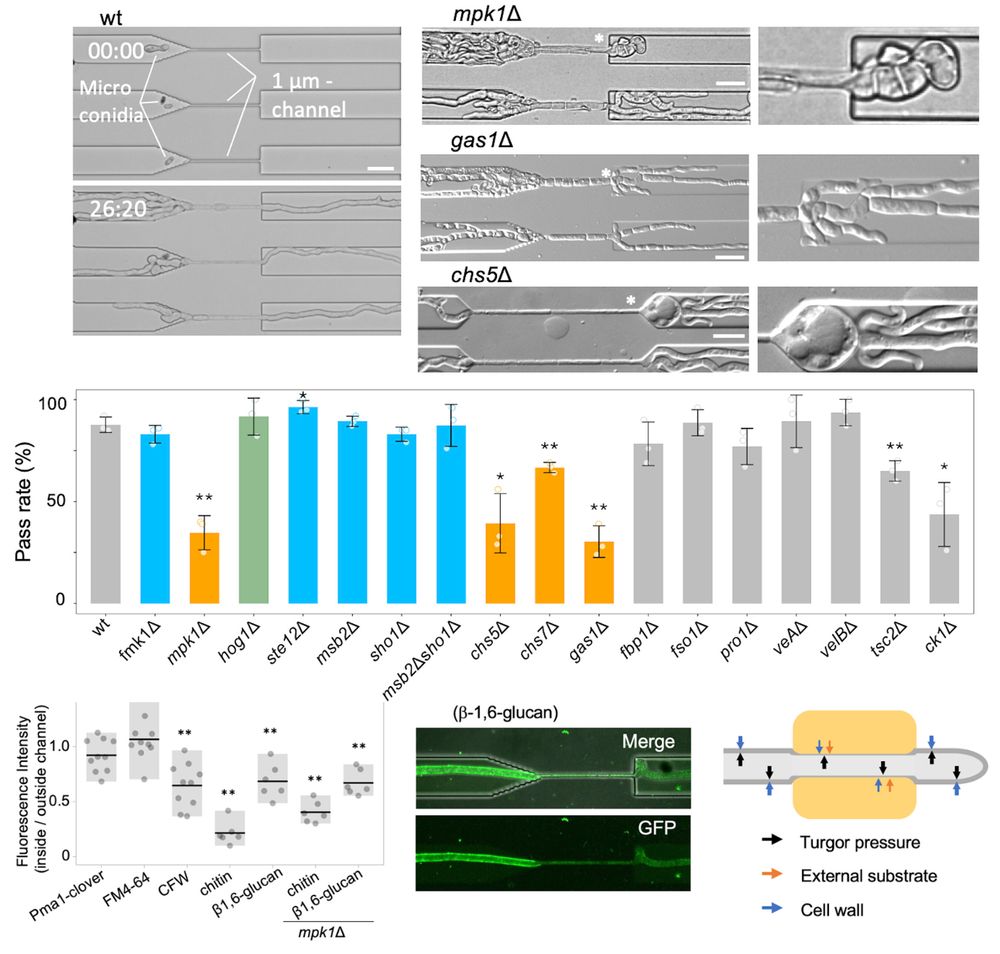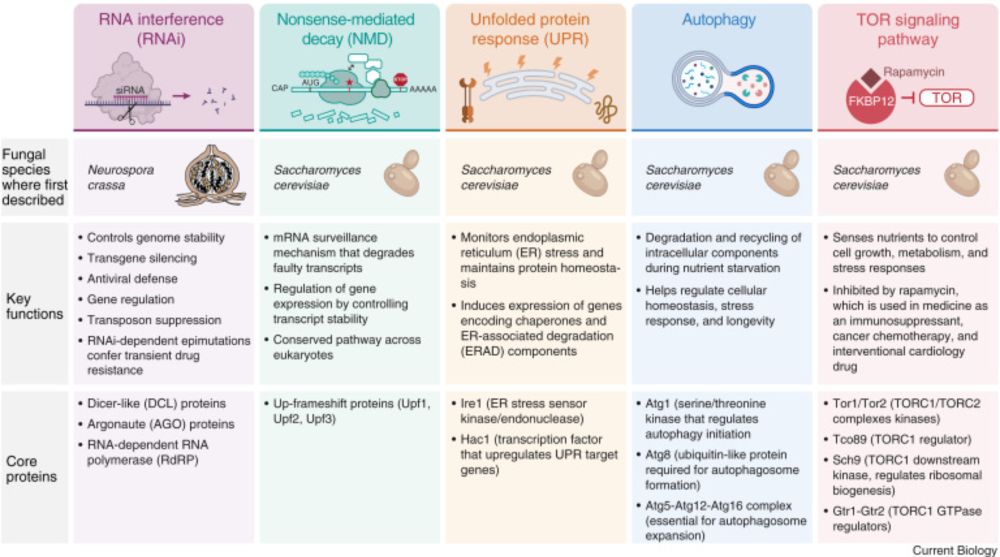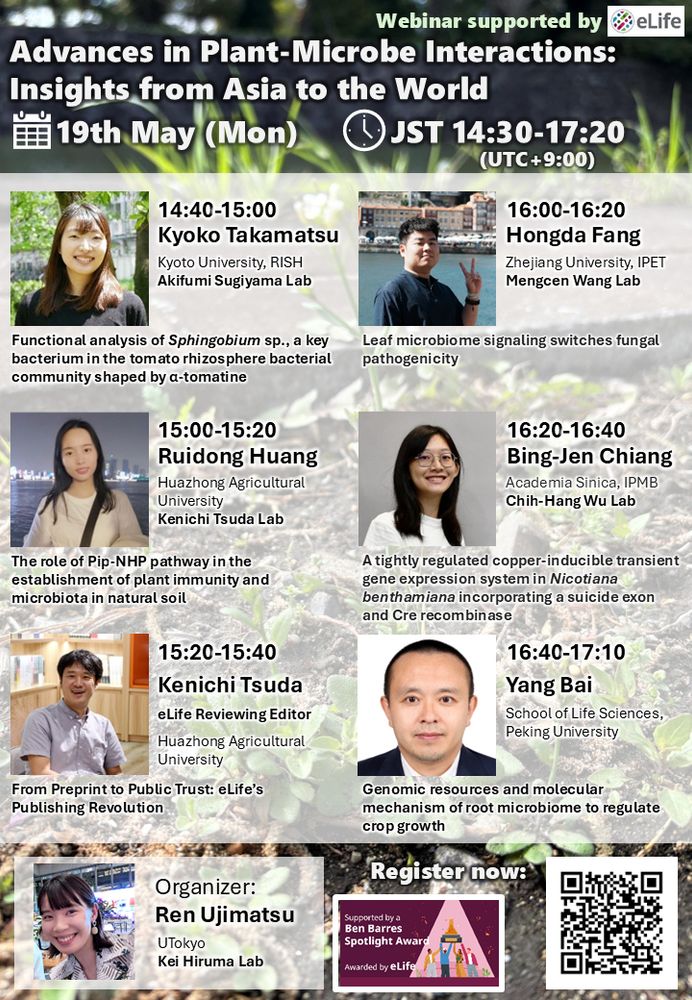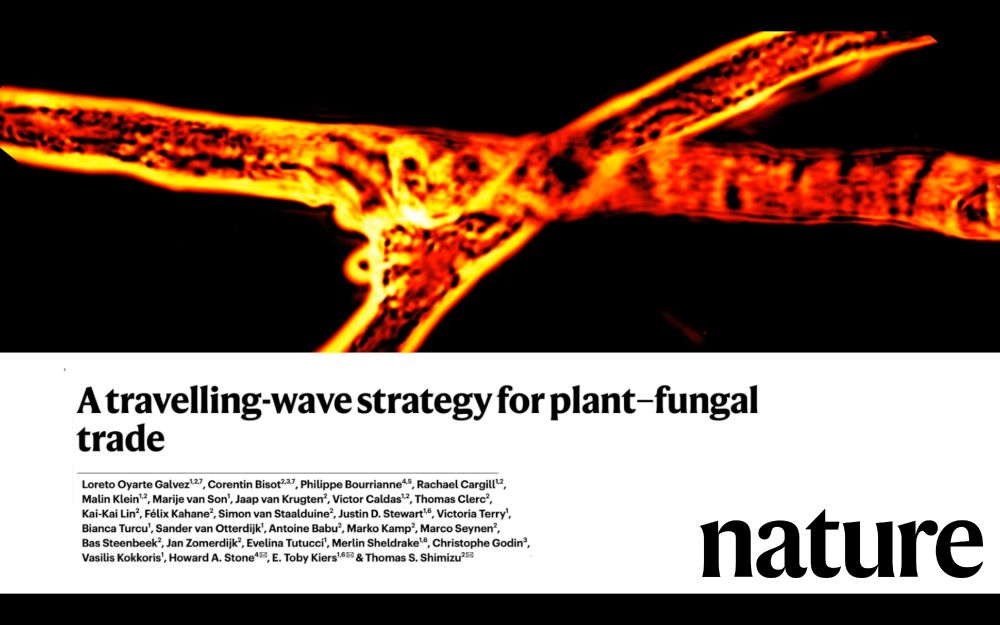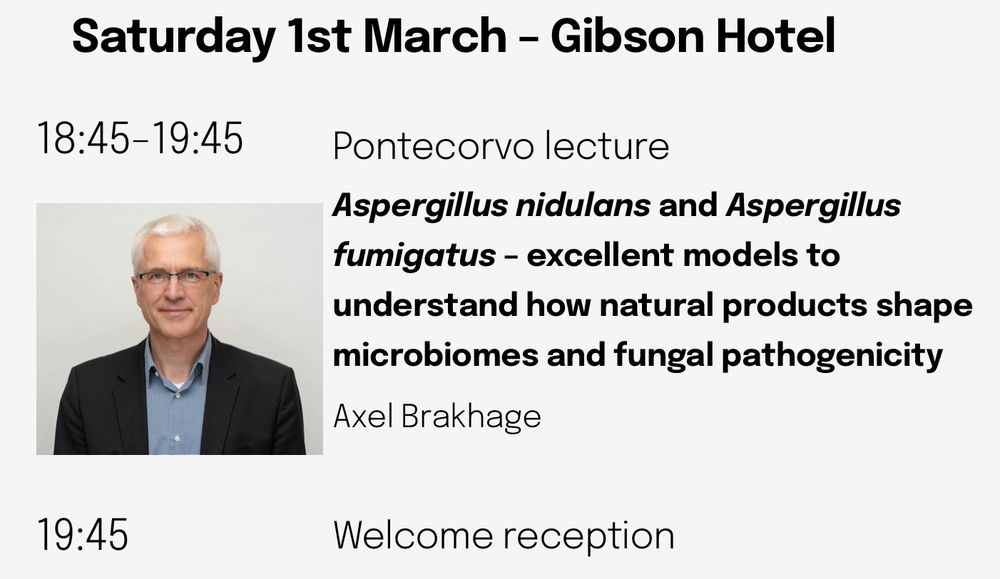Norio Takeshita
@fungalcell.bsky.social
140 followers
83 following
11 posts
Fungi researcher, hyphae and mycelium
decomposers, symbiotes and distributors
https://fungalcell.com/
Posts
Media
Videos
Starter Packs
Reposted by Norio Takeshita
Reposted by Norio Takeshita
Ákos T Kovács
@evolvedbiofilm.bsky.social
· Aug 25

Hidden Allies: Decoding the Core Endohyphal Bacteriome of Aspergillus fumigatus
Aspergillus fumigatus, a widespread fungal pathogen commonly found in soil, harbours a diverse endohyphal bacterial community. Microscopic analyses, including transmission electron microscopy, confir...
enviromicro-journals.onlinelibrary.wiley.com
Reposted by Norio Takeshita
Reposted by Norio Takeshita
Reposted by Norio Takeshita
Reposted by Norio Takeshita
Matthias C. Rillig
@mrillig.bsky.social
· May 16
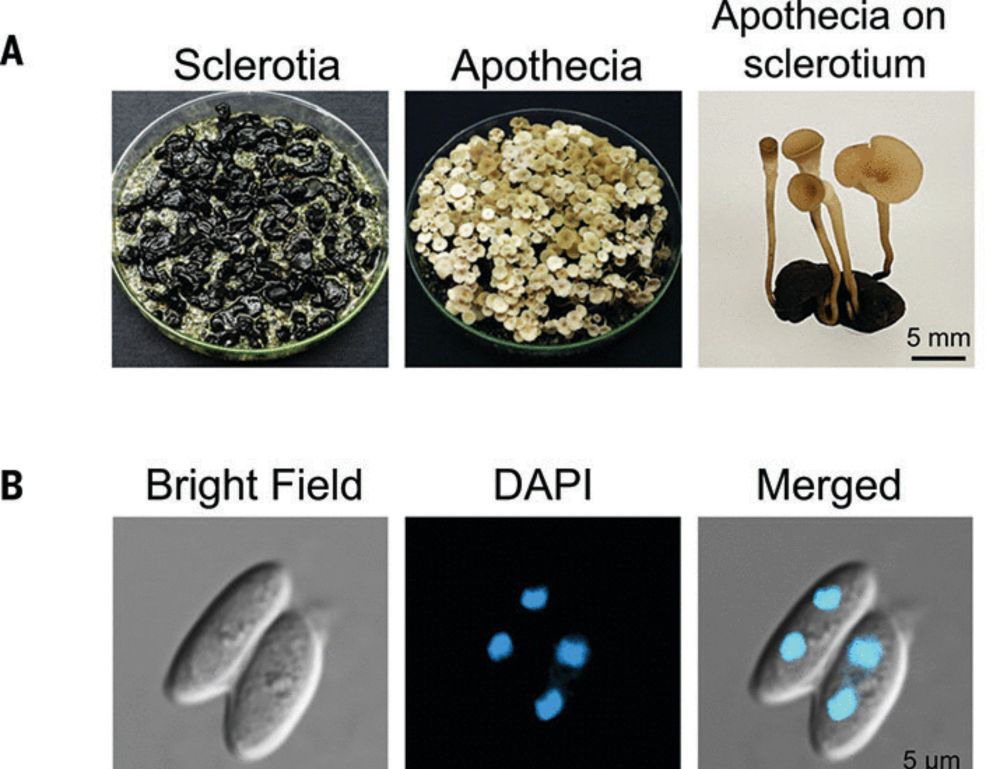
Distribution of haploid chromosomes into separate nuclei in two pathogenic fungi
Nuclei define eukaryotes, enabling macromolecular compartmentalization and cellular regulation. Each nucleus is believed to contain one or more haploid sets of chromosomes (1N). However, we discovered...
www.science.org
Norio Takeshita
@fungalcell.bsky.social
· May 16
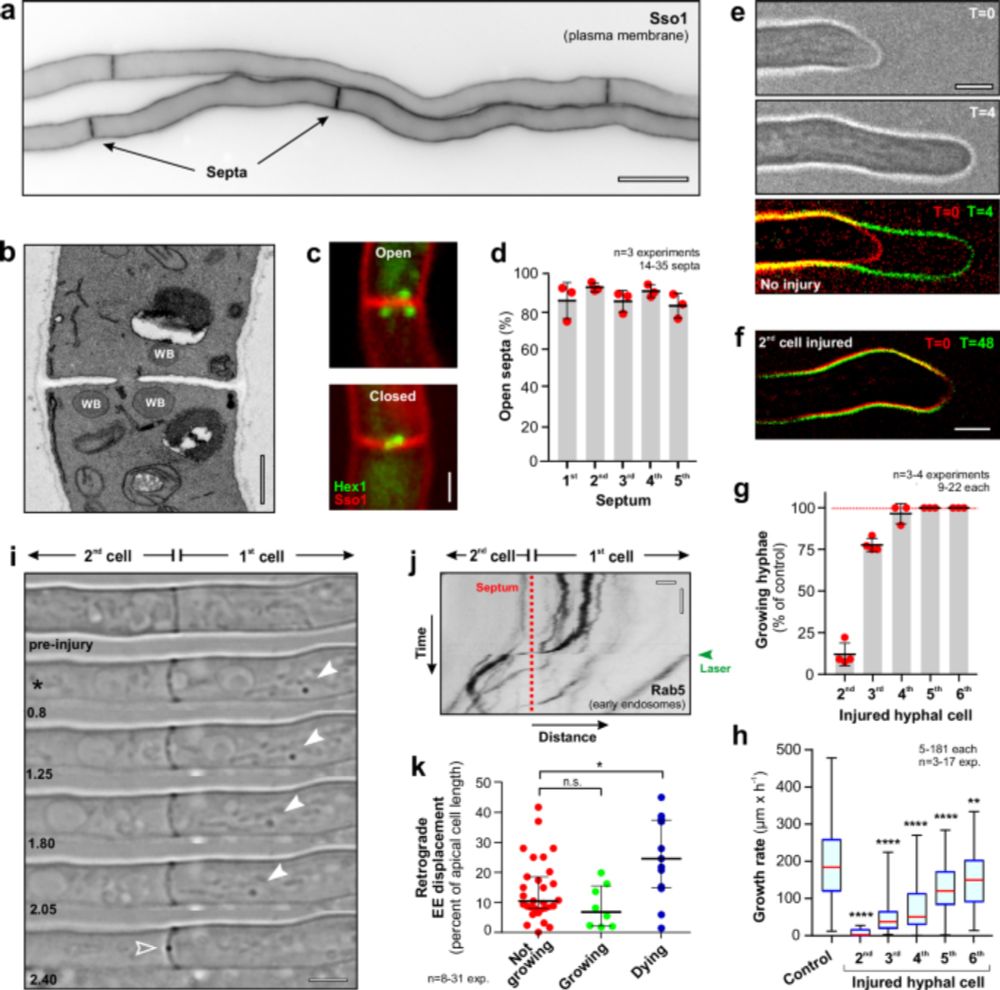
Secretion and endocytosis in subapical cells support hyphal tip growth in the fungus Trichoderma reesei - Nature Communications
It is commonly accepted that the hyphae of filamentous fungi expand by tip growth that is restricted to the first apical cell. Here, Schuster et al. show that, contrary to expectations, subapical cell...
www.nature.com
Reposted by Norio Takeshita
Emile Gluck-Thaler
@mycomile.bsky.social
· May 13
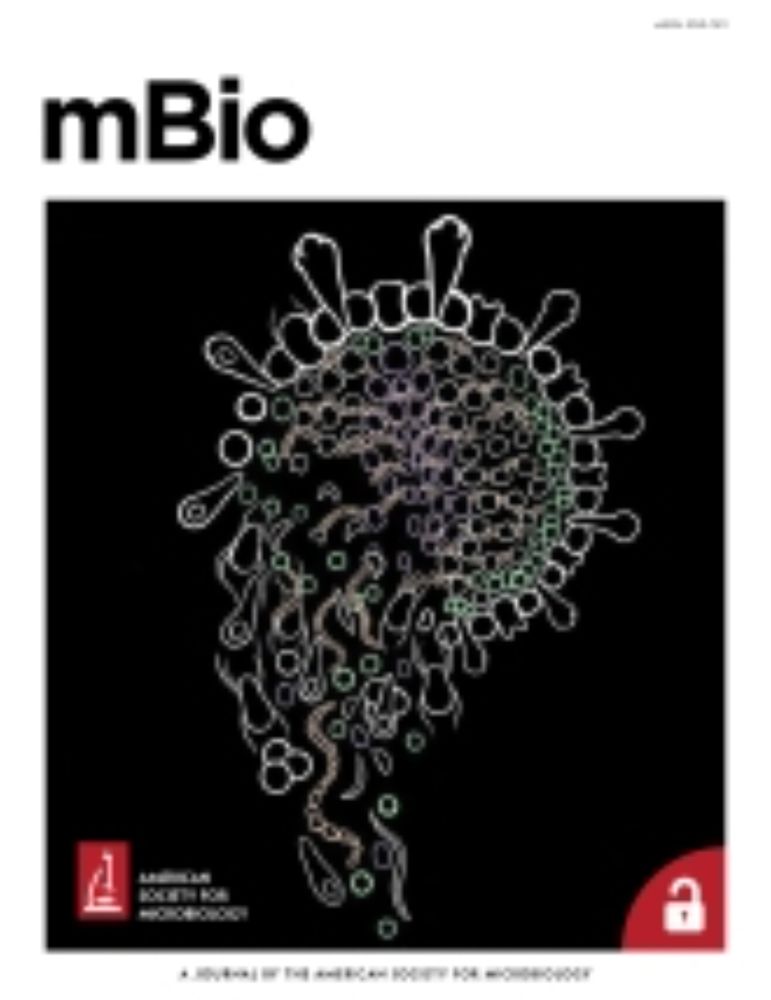
Giant transposons promote strain heterogeneity in a major fungal pathogen | mBio
No “one size fits all” option exists for treating fungal infections in large part
due to genetic and phenotypic variability among strains. Accounting for strain heterogeneity
is thus fundamental for d...
doi.org
Reposted by Norio Takeshita
Reposted by Norio Takeshita
Reposted by Norio Takeshita
Ren Ujimatsu
@rujimatsu.bsky.social
· Apr 11
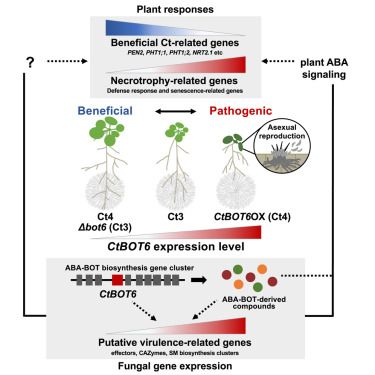
A fungal transcription factor converts a beneficial root endophyte into an anthracnose leaf pathogen
Endophytic fungi colonize healthy plant tissues without disease. Ujimatsu et al. reveal
that the fungal transcription factor CtBOT6 triggers the virulence of a root-associated
beneficial endophyte by ...
www.cell.com
Reposted by Norio Takeshita
Reposted by Norio Takeshita
Reposted by Norio Takeshita
Reposted by Norio Takeshita
Reposted by Norio Takeshita
Reposted by Norio Takeshita
Reposted by Norio Takeshita



